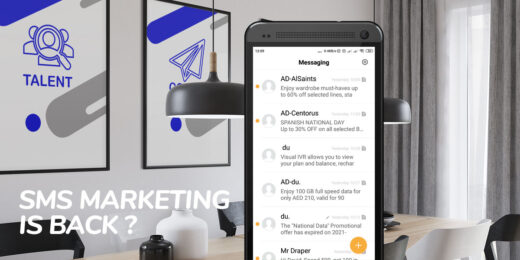“Sponsor the fan.” A useful sponsorship strategy or a slogan that needs to be re-addressed in a post-pandemic world of omnichannel properties?
Is it just semantics? Is FAN understood shorthand for invested individuals? Is the strategy correct – it just needs a better word? Or do we need to be more data driven, more nuanced and more accountable?
Sponsorship is just a sub-set of marketing, which also includes product management. ‘Sponsor the Fan’ is ‘Focus on the User not the Product’ reworded. In the end its a way to impact either; awareness, acquisition or retention. That’s all there is.
Sponsor the Fans
What are fans? Most people think of the people in seats, or stands, who have aligned themselves with ‘the property’. The most broad possible definition of fan is: “people who care – in whatever way, at whatever level” – which is not very useful when you have limited resources and looking to get the best return on investment.
Data has helped digital marketing people to micro-target groups within groups and in some cases even personalise the marketing experience. Sponsorship needs to have the same nuances. It is no longer a broadcast media.
We need to support the anoraks, the casual fans, the new fans and the ‘wrong’ fans and we need to measure the impact of sponsorship on awareness, acquisition and retention for each one of those sub-tribes.
But not everyone is a fan in the traditional sense. You could make an argument that a conference delegate wears their allegiance on their chest on their badge, or, if they work for an amazing company, they might even have the t-shirt. In a B2B exhibition context, the ticket holders are the fans – whether they paid for them or not.
So fans are – fanatics, participants, audience members, ticket holders, ecosystem partners and…
Sponsor the Influencers?
Of course sportspeople and musicians were the original influencers, then there were opinion columnists and talkback radio hosts. Even before social media weaponised influence as a marketing tool there has always been influencer marketing.
Not fans are influencers. Not all influencers are fans.
Fans don’t have to number in the thousands or millions – depending on their influence.
Imagine an aircraft manufacturer – a massive global enterprise – a brand that is recognisable to anyone who flies. This brand sponsors a small sailing club for a regatta twice a year. Why? Well the sailing club is located in a city where an airline has a global hub. There is a big correlation between pilots and sailors. You see where this is going. The pilots influence which planes are bought by the airline. Their influence is not in the form of a tweet or an Instagram photo, it is a lot more subtle. Actually in this case, the sponsorship is of the property and the fans and the influencers.
Targeting the influencers through sponsorship can be even less obvious.
The case I always use here is the high-end CAD station manufacturer whose sponsorship of an F1 team was the provision of such machines for use by the design team. There was no decal on the car, no ‘fan’ would have any idea that this sponsorship was in place. The design team are influencers. They have a big input into the decision as to whether the parent car company orders the CAD stations globally… or not. You could really stretch the definition of fan here – the design team care about the team’s performance – but in the end, this is sponsorship of the property.
In our B2B conference situation, the delegate wandering around an exhibition hall may influence the purchasing decision for a software solution or major capital investment. Maybe the company is re-platforming, in which case the focus of the sponsorship is to impact retention rather than awareness or acquisition.
Influencer marketing has now morphed to mean something completely different. Now we have a second layer of fans. Now fans have their own fans. So some fans actually become a property…
Sponsor the Customer
The sponsorship value chain is complex. There is a symbiotic and non-linear relationship between rights-holder, promoter, participant, fan, the media and a bunch of other partners and stakeholders.
Each one of these elements of the ecosystem has different customers – and they may be internal customers. And if we replace ‘Fan’ with ‘Customer’ it almost always holds.
This includes sponsorships which are designed for something other than just sell products and services. For example – if you are trying to raise awareness, acquire and retain talent. In this dynamic, the customers are potential or current employees.
The concept is the same. Think about the people who are consuming the product, not the product. How do you move them to impact awareness, acquisition and retention.
This works for the value chain too. If you are sponsoring the championship, the customers are the teams. Fans benefit from teams being on the start-line, but they are not the customer. (In that example there is a B2B2C relationship).




